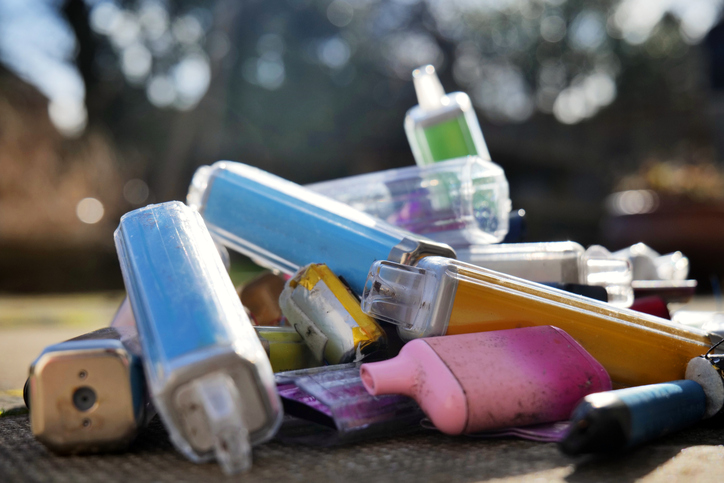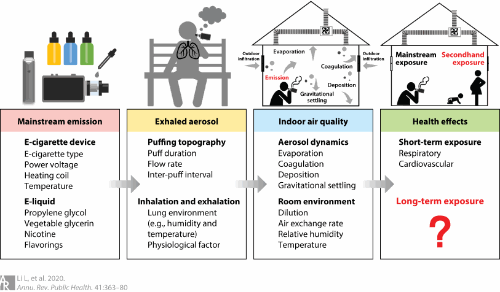
While the UK’s ban on disposable vapes, effective next June, has been welcomed for reducing plastic waste and limiting access to minors, there is another under-appreciated reason why this ban is crucial: the effect of vapes on indoor air quality.
We need only to look at the landmark indoor smoking bans introduced across the UK in 2007 to understand why. In 2007, This legislation was driven by overwhelming evidence that smoking indoors wasn’t just a personal choice but a public health issue. Secondhand smoke, filled with harmful toxins and carcinogens, was linked to numerous diseases in non-smokers. The ban transformed public spaces, reducing exposure to these dangers, and greatly improving indoor air quality for everyone.
Yet now, with the rise of e-cigarettes, we are seeing a disturbing re-emergence of secondhand ‘smoking’. Disposable vapes, with their brightly colored designs and fruity flavors, are increasingly used indoors—whether that’s in homes, restaurants, or even workplaces. Many people perceive them as a “harmless” alternative to smoking, and while they may be less toxic than traditional cigarettes, they are far from benign.
Studies suggest that e-cigarettes, including disposables, still emit harmful pollutants into the air. Researchers have found that indoor vaping can release a cocktail of chemicals into the air, including fine particulate matter, nicotine, and heavy metals. These pollutants can accumulate, especially in poorly ventilated spaces, significantly reducing indoor air quality. While the concentration of pollutants might be lower than that of tobacco smoke, it’s still enough to raise serious concerns about long-term exposure, particularly for children, elderly individuals, and those with respiratory issues
In fact, a study published in the Annual Review of Public Health found that vaping indoors can increase the concentration of certain harmful substances, like formaldehyde, to levels comparable to indoor cigarette smoke in some cases. And the truth is, we’ve yet to fully understand the long-term health effects of secondhand vape emissions. But what we do know should make us wary: exposure to chemicals like acrolein and propylene glycol can irritate the respiratory system and lead to lung damage over time a public health issue but an equity one as well.

People who live in apartments, social housing, or shared accommodation may be exposed to vape emissions through poor ventilation or shared spaces. These individuals have little control over whether their neighbors vape, yet they can suffer the health consequences. Furthermore, disposable vapes are particularly insidious because their convenience and affordability mean they are more likely to be used in enclosed, indoor settings, exacerbating this issue.
The ban on disposable vapes, while rightly praised for addressing environmental waste and youth vaping, also offers a valuable opportunity to reframe our understanding of their broader harm. We’ve made great strides in ensuring that indoor spaces are healthier for everyone. Let’s not allow vapes to take us backwards. Banning disposable vapes isn’t just a win for the environment—it’s a win for cleaner air and healthier indoor spaces too.
In time, this under-appreciated benefit of the ban may become one of its most important legacies.

